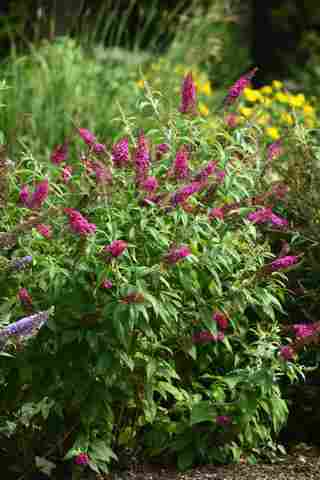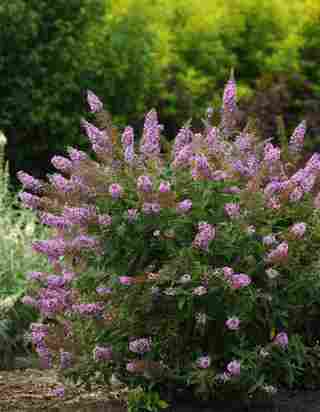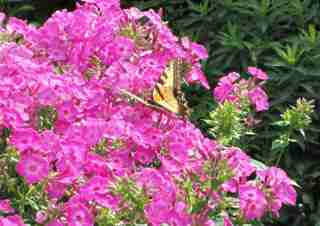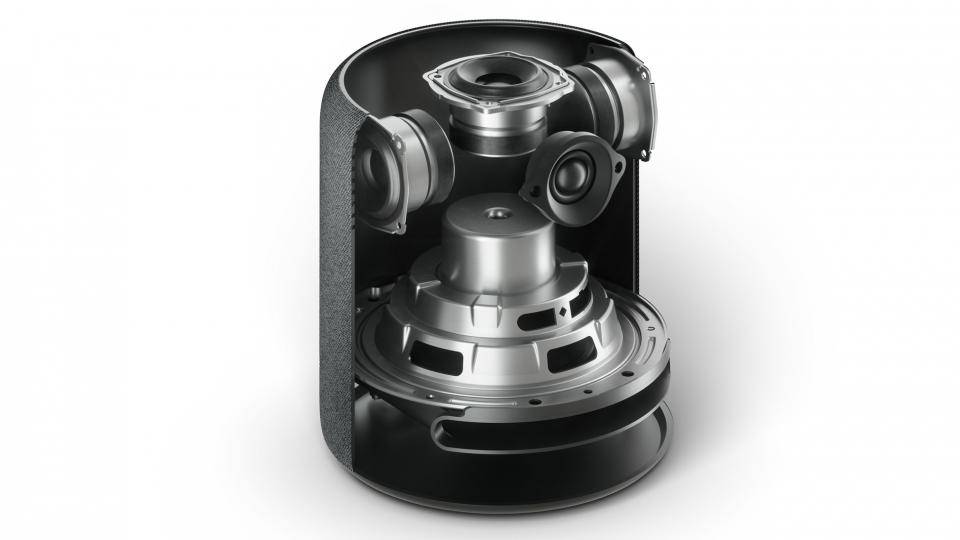Butterfly gardens make both gardeners and insects happy with colorful blooms and fragrance. “They are one of the easiest gardens to maintain, and can thrive all over the country,” says Pete Kruger, director of new products at Star Roses & Plants , a Pennsylvania-based plant genetics company. “Many people think they need exotic or hard-to-grow plants, but butterflies often love common, native species that are prolific. Flowering shrubs like bottlebrush or Shasta daisies, a perennial, are good choices.” The simple circle of life is a popular reason for having a butterfly garden—more flowers attract more pollinating insects, which help create more plants and flowers, which draw more insects and even wildlife. They are also easy to care for, often composed of drought-tolerant varieties that need little attention. Whether you plan on designing a container garden or an ample backyard space, having a variety of nectar sources will encourage butterflies to visit. Read on for tips on how to create a garden these pollen lovers will flock to.

“You can easily integrate a pollinator garden into an existing garden and draw insects of all types,” says Kruger. Consider a sunny location away from the wind making it easier for them to remain feeding on the plant. Butterflies are drawn like magnets to the CranRazz buddleia (shown), a heat- and sun-loving shrub.

Keep the design simple. “An effective garden can be created with two or three species of plants,” he says. The Flutterby pink buddleia produces a prolific amount of flowers over at least four to five months. Large flowers have more feeding surface, making them a very attractive landing spot. “The buddleia have large panicles measuring about 15 inches,” notes Kruger.

Look for disease-resistant plants that produce many blooms. To maximize flower production, irrigate regularly unless the plants have low water requirements. If Volcano phlox (above) are deadheaded after the first bloom, they’ll grow a second cycle.









